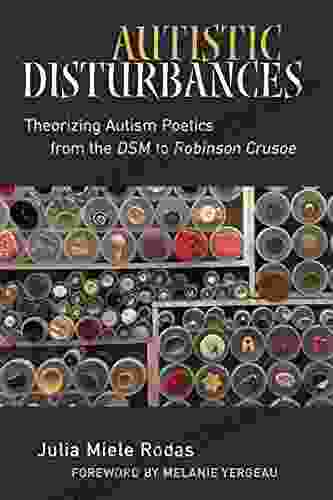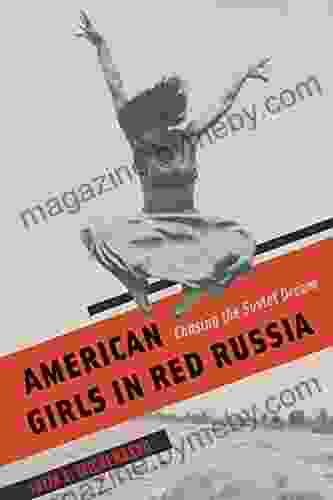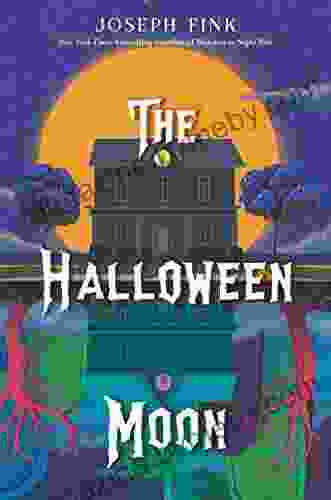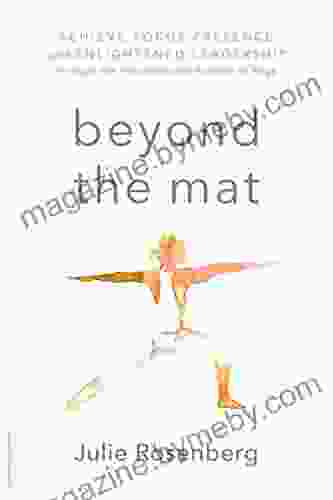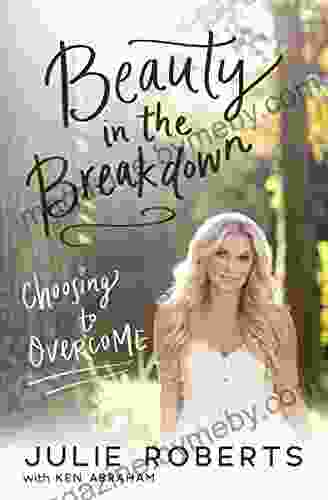Theorizing Autism Poetics: From the DSM to Robinson Crusoe's Corporeality

Autism is a complex and multifaceted condition that has been the subject of much debate and controversy. In recent years, there has been a growing interest in understanding autism from a literary and cultural perspective. This article explores the relationship between autism and poetics, arguing that autism can be seen as a form of poetic expression.
The article begins by examining the DSM-5, the diagnostic manual used to diagnose autism. The DSM-5 defines autism as a neurodevelopmental disFree Download characterized by social deficits, repetitive behaviors, and restricted interests. However, the article argues that the DSM-5's definition of autism is too narrow and does not capture the full range of autistic experience.
5 out of 5
| Language | : | English |
| File size | : | 1149 KB |
| Text-to-Speech | : | Enabled |
| Enhanced typesetting | : | Enabled |
| Word Wise | : | Enabled |
| Print length | : | 248 pages |
| Screen Reader | : | Supported |
The article then turns to Robinson Crusoe, the classic novel by Daniel Defoe. Robinson Crusoe is a story about a man who is shipwrecked on a desert island and must learn to survive on his own. The article argues that Robinson Crusoe can be read as an allegory of autism. Crusoe's isolation on the island can be seen as a metaphor for the social isolation that many autistic people experience. Crusoe's struggles to survive can be seen as a metaphor for the challenges that autistic people face in everyday life.
The article concludes by arguing that autism is a form of poetic expression. Autistic people often have unique ways of perceiving and experiencing the world. These unique ways of perceiving and experiencing the world can be expressed through art, music, and literature. The article calls for a new understanding of autism that recognizes its creative and expressive potential.
The DSM-5 and Autism
The DSM-5 is the diagnostic manual used to diagnose autism. The DSM-5 defines autism as a neurodevelopmental disFree Download characterized by social deficits, repetitive behaviors, and restricted interests. However, the DSM-5's definition of autism has been criticized for being too narrow and for not capturing the full range of autistic experience.
One of the main criticisms of the DSM-5's definition of autism is that it relies too heavily on social deficits. Social deficits are often seen as the defining characteristic of autism, but they are not the only characteristic of autism. Many autistic people also have repetitive behaviors and restricted interests. These other characteristics of autism can be just as significant as social deficits, but they are not always taken into account when diagnosing autism.
Another criticism of the DSM-5's definition of autism is that it is too focused on pathology. The DSM-5 defines autism as a disFree Download, and this definition can lead to the stigmatization of autistic people. The DSM-5 also focuses on the negative aspects of autism, such as social deficits and repetitive behaviors. This focus on the negative aspects of autism can lead to a misunderstanding of autism and can make it difficult for autistic people to get the support they need.
Robinson Crusoe and Autism
Robinson Crusoe is a classic novel by Daniel Defoe. The novel tells the story of a man who is shipwrecked on a desert island and must learn to survive on his own. The article argues that Robinson Crusoe can be read as an allegory of autism.
Crusoe's isolation on the island can be seen as a metaphor for the social isolation that many autistic people experience. Crusoe's struggles to survive can be seen as a metaphor for the challenges that autistic people face in everyday life.
Crusoe's experience on the island also sheds light on the unique ways that autistic people perceive and experience the world. Crusoe is often overwhelmed by the sensory stimuli on the island. He is also very aware of his own body and its needs. These experiences are common among autistic people. Autistic people often have difficulty processing sensory information, and they are often very aware of their own bodies and their needs.
Crusoe's experience on the island also shows how autistic people can be creative and resourceful. Crusoe is able to use his skills and knowledge to survive on the island. He is able to build a shelter, find food, and make tools. These skills and abilities are common among autistic people. Autistic people are often very creative and resourceful, and they are often able to find ways to overcome the challenges they face.
Autism as Poetic Expression
The article argues that autism is a form of poetic expression. Autistic people often have unique ways of perceiving and experiencing the world. These unique ways of perceiving and experiencing the world can be expressed through art, music, and literature.
Autistic artists often create art that is visually stunning and emotionally evocative. Autistic musicians often create music that is complex and beautiful. Autistic writers often create literature that is insightful and moving.
The article calls for a new understanding of autism that recognizes its creative and expressive potential. Autistic people should be seen as artists, musicians, and writers who have something unique and valuable to offer the world.
Autism is a complex and multifaceted condition that has been the subject of much debate and controversy. This article has explored the relationship between autism and poetics, arguing that autism can be seen as a form of poetic expression. The article has drawn on a range of sources, including the DSM-5, Robinson Crusoe, and contemporary autism theory, to develop a new understanding of autism as a creative and expressive force.
The article calls for a new understanding of autism that recognizes its creative and expressive potential. Autistic people should be seen as artists, musicians, and writers who have something unique and valuable to offer the world.
5 out of 5
| Language | : | English |
| File size | : | 1149 KB |
| Text-to-Speech | : | Enabled |
| Enhanced typesetting | : | Enabled |
| Word Wise | : | Enabled |
| Print length | : | 248 pages |
| Screen Reader | : | Supported |
Do you want to contribute by writing guest posts on this blog?
Please contact us and send us a resume of previous articles that you have written.
 Book
Book Novel
Novel Page
Page Chapter
Chapter Text
Text Story
Story Genre
Genre Reader
Reader Library
Library Paperback
Paperback E-book
E-book Magazine
Magazine Newspaper
Newspaper Paragraph
Paragraph Sentence
Sentence Bookmark
Bookmark Shelf
Shelf Glossary
Glossary Bibliography
Bibliography Foreword
Foreword Preface
Preface Synopsis
Synopsis Annotation
Annotation Footnote
Footnote Manuscript
Manuscript Scroll
Scroll Codex
Codex Tome
Tome Bestseller
Bestseller Classics
Classics Library card
Library card Narrative
Narrative Biography
Biography Autobiography
Autobiography Memoir
Memoir Reference
Reference Encyclopedia
Encyclopedia Joyce Bas
Joyce Bas Peter Robinson
Peter Robinson Jonathan Hemus
Jonathan Hemus Judith Levin
Judith Levin Sally Row
Sally Row Lindsay Powell
Lindsay Powell Joshua M Powell
Joshua M Powell Judith Pearson
Judith Pearson Stuart E Lucas
Stuart E Lucas Juby Aleyas Koll
Juby Aleyas Koll Jordan Schwartz
Jordan Schwartz Timothy Samara
Timothy Samara John Patrick Bray
John Patrick Bray Joshua Samuel Brown
Joshua Samuel Brown Stuart Brioza
Stuart Brioza John Tateishi
John Tateishi Laurence M Ball
Laurence M Ball Marina Bakasova
Marina Bakasova Jonathan Chait
Jonathan Chait Josh Law
Josh Law
Light bulbAdvertise smarter! Our strategic ad space ensures maximum exposure. Reserve your spot today!
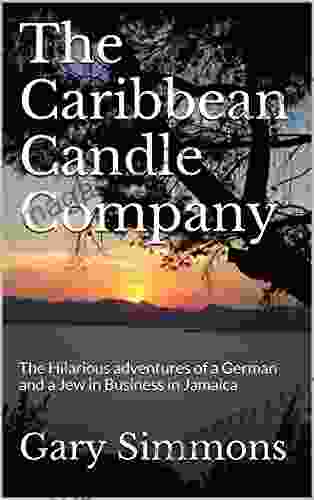
 Noah BlairUnveiling the Hilarious Adventures of German and Jew in Business in Jamaica:...
Noah BlairUnveiling the Hilarious Adventures of German and Jew in Business in Jamaica:...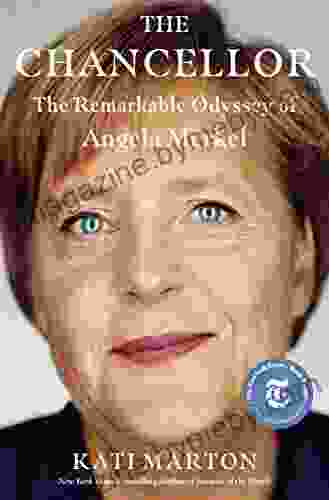
 Maurice ParkerThe Chancellor: Unveiling the Odyssey of Angela Merkel, the Iron Lady of...
Maurice ParkerThe Chancellor: Unveiling the Odyssey of Angela Merkel, the Iron Lady of... Mason PowellFollow ·19.9k
Mason PowellFollow ·19.9k Jorge Luis BorgesFollow ·9k
Jorge Luis BorgesFollow ·9k Edward BellFollow ·17.7k
Edward BellFollow ·17.7k Felix HayesFollow ·5.8k
Felix HayesFollow ·5.8k Clarence MitchellFollow ·14.9k
Clarence MitchellFollow ·14.9k Ross NelsonFollow ·3.9k
Ross NelsonFollow ·3.9k Isaac BellFollow ·15.6k
Isaac BellFollow ·15.6k Junot DíazFollow ·6.6k
Junot DíazFollow ·6.6k
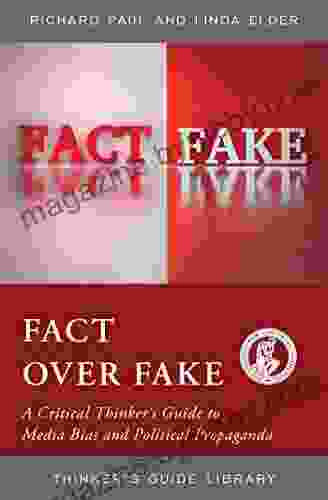
 Efrain Powell
Efrain PowellCritical Thinker's Guide to Media Bias and Political...
In a world awash with information, it has...
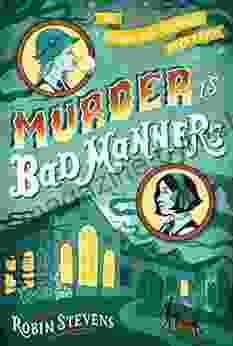
 Aubrey Blair
Aubrey BlairMurder Is Bad Manners: An Unforgettable English Mystery
Prepare yourself for a captivating literary...

 Luke Blair
Luke BlairDon't Settle For Safe: Embrace Adventure and Live a Life...
<p>In this inspiring and...

 W.H. Auden
W.H. AudenRoblox Codes Dragon Adventures King Legacy All Combat...
Roblox is a massively popular online game...
5 out of 5
| Language | : | English |
| File size | : | 1149 KB |
| Text-to-Speech | : | Enabled |
| Enhanced typesetting | : | Enabled |
| Word Wise | : | Enabled |
| Print length | : | 248 pages |
| Screen Reader | : | Supported |


